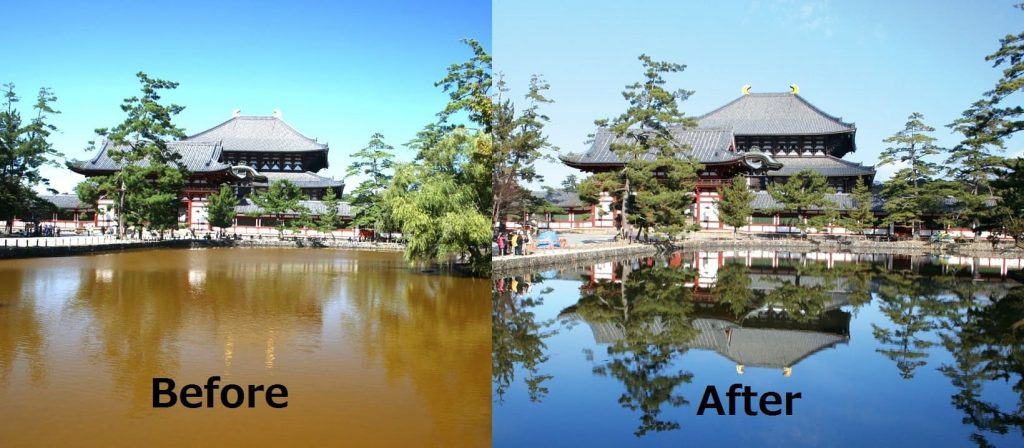In Malaysia, the river systems are very much integral to the water resources system. Although there are over 100 river systems in Malaysia, decades of rapid modernization and industrialization coupled with runoff of chemicals from extensive agricultural and farming practices have inevitably led to the severe deterioration of the river water quality.

According to research by Brigham Young University, there are various conventional methods to purify water and remove the pollutant contaminants, but most of them are costly and not necessarily environmentally friendly. One of the promising ways for improving the water quality of rivers and lakes, is the effective microorganism (EM) technology which is eco-friendly and requires less inputs, cost and capital.
EM technology (Effective Microorganisms) was developed in Okinawa in Japan in 1980 and has been used in more than 140 countries. According to Dr Freddie Acosta at Strathmore Business School, EM is made up of beneficial and highly efficient organisms. Originally developed as alternative for chemical fertilizers and pesticides, EM technology has expanded to include sustainable agricultural, industrial, health (livestock, pets and human), odour control, waste management and recycling, environmental remediation and eco-friendly cleaning.

In polluted rivers where sludge accumulates at the bottom, the dominance of putrefactive microorganisms reduces nutrition necessary for the native ecosystems. Consisting of a multiculture non-pathogenic aerobic and anaerobic microorganisms, EM helps to restore a healthy aquatic ecosystem in both soil and water by stimulating its natural purification system.
Application of EM mudballs into lakes and rivers ensures that they slowly break down and allow the EM to escape into the water. Often used to speed composting, these microbes consume organic material and produce enzymes, vitamins, and antioxidants that feed other organisms. This enhances the separation of solids and liquids in the water and has been shown to help reduce sludge and foul odours, inhibit growth of algae, break down silt and control ammonia levels.

EM have become a successful weapon in cleaning waterways in Asia. EM mudballs were first used at Sungai Kelian in Perak in 2008. Within 6 months, the river’s water quality dramatically improved as sludge was cleared and the base of the river appeared to be filled with beach sands. Measurements taken of six parameters (SS, DO, COD, BOD, ammonical nitrogen and pH) showed that the water quality had improved from Class IV (suitable only for irrigation) to Class III (suitable for water supply, with extensive treatment).
Through the EM technology, we can help to rehabilitate polluted and degraded water bodies. Restoring aquatic habitats and ecosystems also allows us to convert them into sources of freshwater supply to meet increasing demand and ensure its availability for future generations.
Sources:
Effective Microorganisms (EM) Technology for Water Quality Restoration and Potential for Sustainable Water Resources and Management by Zuraini Zakaria, Sanjay Gairola and Noresah Mohd Sharif, Brigham Young University BYU Scholars Archive
Mud Balls: Cost-Effective & Natural Solution to Fish Farming Water Pollution, Strathmore University
https://www.strathmore.edu/news/mud-balls-cost-effective-natural-solution-to-fish-farming-water-pollution/
https://pdfs.semanticscholar.org/283f/50af3b27dcd959923ab6d8421b3b3c10cc68.pdf

